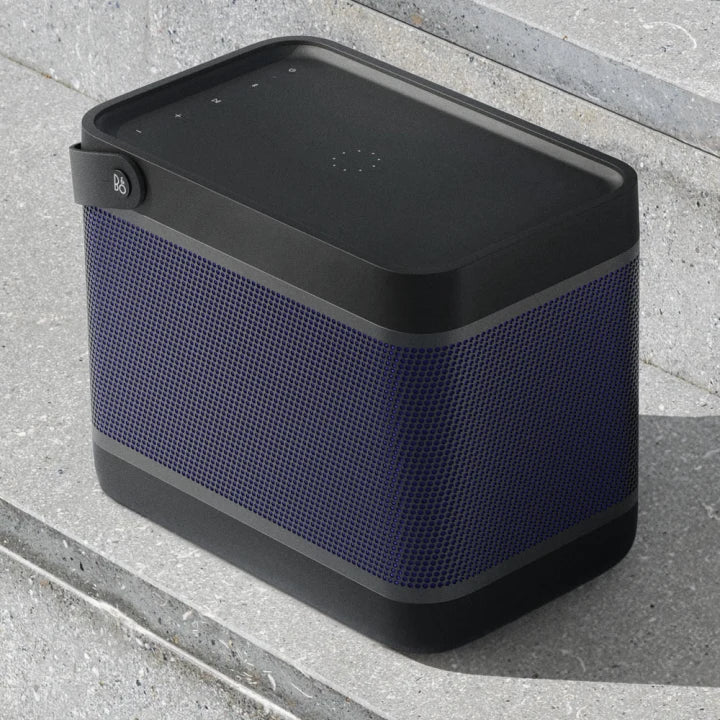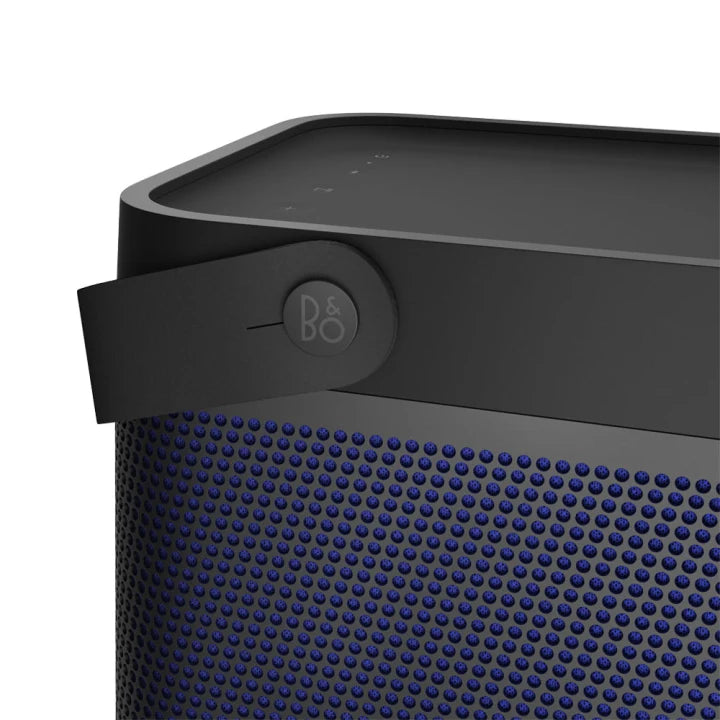
THE SPIRIT OF INNOVATION
Peter Bang and Svend Olufsen
In 1925, Peter Bang and Svend Olufsen reinvented the radio in a Danish farmhouse. They developed the Eliminator, the first mass-produced radio that plugged into a wall socket and didn't require a battery. A century later, that entrepreneurial spirit of innovation lives on in everything the company does. That's what drives Bang & Olufsen: to change how we all hear, see and feel the world.

COMMITMENT TO SUSTAINABILITY
True Longevity
Bang & Olufsen's commitment to waste reduction means they embrace the principles of the circular economy and promote responsible consumption. The company is working to make all components interchangeable, customizable and upgradeable so they can extend the life of their products indefinitely. This is an essential part of their journey.
THE BIRTH OF THE HI-FI QUALITY STANDARD
The History of the Beolab
Originally, the term Beolab was used for amplifiers. In the 1960s and 1970s, an amplifier was a separate device - a sophisticated part of the system with a radio and connected speakers.
The intense competition from Japanese manufacturers required a strong signal that Bang & Olufsen was not only concerned with design and appearance, but above all with technology and innovation. In the early days of hi-fi technology, Bang & Olufsen engineers set out to develop the best hi-fi system in the world - the Beolab 5000 series from 1967. The brief was to create a European hi-fi format that conveyed power, precision and identity. The name Beolab - based on the Bang & Olufsen (Beo) laboratories - was chosen to underline this statement. Designer Jacob Jensen was also heavily inspired by the processes in the laboratory. He used a common laboratory device of the time - the slide rule - as inspiration for his design of the Beolab 5000.
column speakers
Today it is difficult to understand how revolutionary the Beolab Penta speaker was in 1986. At that time, the speakers commonly found in homes were large square boxes, usually made of wood. This was also true of Bang & Olufsen speakers.
But Bang & Olufsen engineers, involved in a major research project called 'Archimedes', found that the boxy design caused unwanted reflections from the ceiling and floor, which negatively affected the sound performance. They set about working on a principle that would focus the high and mid frequencies more closely on the listener to avoid this.
This led to the pentagonal column design of the Beolab Penta – a completely new design for living room speakers that reduces standing waves and vibrations inside the cabinet not only through the placement of the driver units (which focuses the sound on the listener) but also through the pentagonal housing.
Directed towards the future from the beginning
What is Beolit?
The first Beolit radio was the Beolit 39 , introduced in 1938. It was a compact radio, a contrast to the radio furniture that was seen everywhere in homes at the time, and a promise of a new era in the radio industry. It was made from a new and exciting material - Bakelite - or plastic as we call it today. At that time, all radios were made from wood, and most of them were impressive and large pieces of furniture.
Curiosity is the plaster for progress
Peter and Svend were driven by the urge to try new things. Peter Bang was fascinated by the new material Bakelite, which he had discovered on a trip to America when he was younger. Bakelite, developed by the Belgian chemist Leo Baekeland in Yonkers, New York, could be made into three-dimensional shapes and in all the colors of the rainbow.
However, working with it was not easy. Bang & Olufsen initially experimented with buttons and smaller parts, but in 1938 Bang & Olufsen purchased a 2000-ton press from Krupp in Essen and installed it in the factory in Struer. It was the largest press in Europe and was transported and installed from the Aalborg shipyard using Denmark's largest crane.

A name made for export
Beolit 39 was the first product to bear the prefix Beo - a combination of B&O (Beo) and Bakelite (Bakelite).
Fun fact: The name Beolit 39 was misspelled in the launch products because there was a lot of pressure to launch the product for Christmas. This means that the very early models had the word Beolite on the front instead of Beolit.
The Beolit 39 was unfortunately the only product made entirely of Bakelite at the time, as World War II broke out and Bang & Olufsen had to resort to wood again. Bakelite was imported from Germany and was mainly used in the weapons industry during the war.
A new era of wearable devices
A new technological innovation, the transistor, emerged in the mid-1950s and opened up many new possibilities for engineers, and Bang & Olufsen wanted to be part of it.
When transistors replaced bulky tube radios, this enabled new portable and compact radio designs - and the Beolit name was revived. The first was an AM radio, Beolit 606 K , launched in 1959. It was modern, hip and exactly what the younger generation was looking for.
A name that never dies
The Beolit 12 was chosen as the name for Bang & Olufsen's first portable streaming speaker. It was a nod to the past as it shared similar features: portability, robust materials, multiple colors and a new era of sound - moving from transistors to digital streaming.
It was designer Cecilie Manz's first attempt to work in the technology product category - a completely new and uncharted territory. In addition to the Beolit series, Cecilie Manz has already developed many other successful wearable products: Beosound A2, Beosound A1, P1, P2, P6 and M5.
With the Beolit 12 , Bang & Olufsen's challenge was to create a portable sound solution at an affordable price without compromising on quality or design."
















